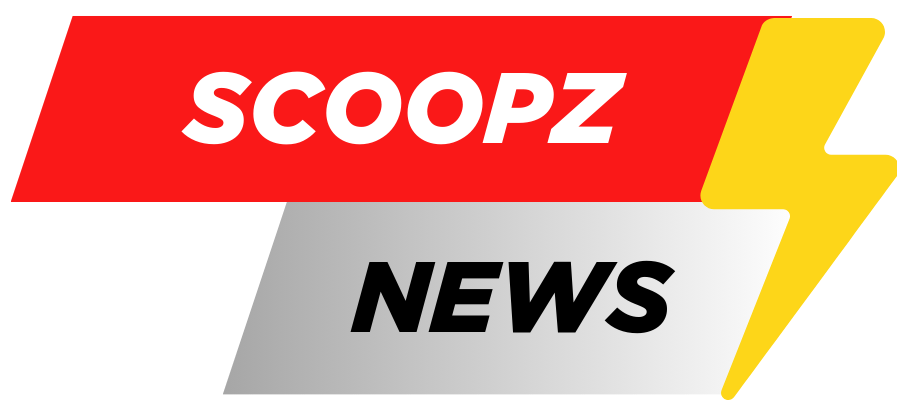Most fixed mortgage rates are down today. According to Zillow, the average 30-year fixed rate has decreased by five basis points to 6.47%, and the 20-year fixed rate is down three basis points to 6.12%. However, the 15-year fixed rate hasn’t budged since yesterday and remains 5.75%.
On the other hand, adjustable rates have increased. Both 5/1 and 7/1 ARM rates are a little higher than yesterday. Adjustable rates typically start lower than fixed rates, but that hasn’t necessarily been the case in recent months. As you start shopping for houses and mortgage lenders, ask lenders to show you options for both fixed and adjustable rates
Dig deeper: When will mortgage rates go down? A look at 2024 and 2025.
Today’s mortgage rates
Here are the current mortgage rates, according to the latest Zillow data:
30-year fixed: 6.47%
20-year fixed: 6.12%
15-year fixed: 5.75%
5/1 ARM: 6.42%
7/1 ARM: 6.51%
30-year FHA: 5.50%
15-year FHA: 5.18%
5/1 FHA: 5.57%
30-year VA: 5.66%
15-year VA: 5.11%
5/1 VA: 5.94%
Remember, these are the national averages and rounded to the nearest hundredth.
Today’s mortgage refinance rates
These are today’s mortgage refinance rates, according to the latest Zillow data:
30-year fixed: 7.15%
20-year fixed: 6.19%
15-year fixed: 6.21%
5/1 ARM: 6.34%
7/1 ARM: 6.39%
30-year FHA: 5.30%
15-year FHA: 5.17%
30-year VA: 5.81%
15-year VA: 5.13%
5/1 VA: 5.68%
Again, the numbers provided are national averages rounded to the nearest hundredth. Mortgage refinance rates are often higher than rates when you buy a house, although that’s not always the case.
Use our mortgage calculator
Use Yahoo Finance’s free mortgage calculator to see how various interest rates and term lengths will impact your monthly mortgage payment. It also shows how the home price and down payment amount play into things.
Our calculator includes homeowners insurance and property taxes in your monthly payment estimate. You even have the option to enter costs for private mortgage insurance (PMI) and homeowners’ association dues if those apply to you. These details result in a more accurate monthly payment estimate than if you simply calculated your mortgage principal and interest.
30-year fixed mortgage rates: Pros and cons
There are two main advantages to a 30-year fixed mortgage: Your payments are lower, and your monthly payments are predictable.
A 30-year fixed-rate mortgage has relatively low monthly payments because you’re spreading your repayment out over a longer period of time than with, say, a 15-year mortgage. Your payments are predictable because, unlike with an adjustable-rate mortgage (ARM), your rate isn’t going to change from year to year. Most years, the only things that might affect your monthly payment are any changes to your homeowners insurance or property taxes.
The main disadvantage to 30-year fixed mortgage rates is mortgage interest — both in the short and long term.
A 30-year fixed term comes with a higher rate than a shorter fixed term, and it’s higher than the intro rate to a 30-year ARM. The higher your rate, the higher your monthly payment. You’ll also pay much more in interest over the life of your loan due to both the higher rate and the longer term.
Learn more: How to get the lowest mortgage rates
15-year fixed mortgage rates: Pros and cons
The pros and cons of 15-year fixed mortgage rates are basically swapped from the 30-year rates. Yes, your monthly payments will still be predictable, but another advantage is that shorter terms come with lower interest rates. Not to mention, you’ll pay off your mortgage 15 years sooner. So you’ll save potentially hundreds of thousands of dollars in interest over the course of your loan.
However, because you’re paying off the same amount in half the time, your monthly payments will be higher than if you choose a 30-year term.
Dig deeper: 15-year vs. 30-year mortgages
Adjustable mortgage rates: Pros and cons
Adjustable-rate mortgages lock in your rate for a predetermined amount of time, then change it periodically. For example, with a 5/1 ARM, your rate stays the same for the first five years and then goes up or down once per year for the remaining 25 years.
The main advantage is that the introductory rate is usually lower than what you’ll get with a 30-year fixed rate, so your monthly payments will be lower. (Current average rates don’t reflect this, though — fixed rates are actually lower. Talk to your lender before deciding between a fixed or adjustable rate.)
With an ARM, you have no idea what mortgage rates will be like once the intro-rate period ends, so you risk your rate increasing later. This could ultimately end up costing more, and your monthly payments are unpredictable from year to year.
But if you plan to move before the intro-rate period is over, you could reap the benefits of a low rate without risking a rate increase down the road.
Learn more: Adjustable-rate vs. fixed-rate mortgage
Is now a good time to buy a house?
It might not feel like a good time to buy a house. The 30-year rates had been hovering around 6.50% to 7% for months (they only recently fell below 6.50%), which looks terrible compared to 2021, when you could lock in a rate of 3% or lower.
It might be a better time to buy than you’d expect, though. The highest mortgage rate on record was 18.63% in October 1981, which makes a 6.47% rate not seem so bad. It’s also very unlikely that rates will drop to below 3% again anytime soon.
And even though house prices are high, they are growing less rapidly than they were a couple of years ago. And new-home construction is starting to pick up.
To sum it up, it’s still not the best time to buy a house because rates are relatively high and prices remain firm. But if the timing is right for you, your budget can accommodate the higher rates, and you’ve found the home for you, there’s no time like the present.
Today’s mortgage rates: FAQs
What is a 30-year mortgage rate right now?
The national average 30-year mortgage rate is 6.47% right now, according to Zillow. But keep in mind that averages can vary depending on where you live. For example, if you’re buying in a city with a high cost of living, rates could be even higher.
Are interest rates expected to go down?
Yes, mortgage interest rates are expected to decrease gradually over the next couple of years. Experts predict the average 30-year rate will settle somewhere between 6.6% to 6.7% by the end of 2024, and then to 6% to 6.2% by late 2025.
Are mortgage rates dropping?
Yes, mortgage rates are inching down overall. The 30-year fixed mortgage rate is finally under 6.50%, according to Zillow.
How do I get the lowest refinance rate?
In many ways, securing a low mortgage refinance rate is similar to when you bought your home. Try to improve your credit score and lower your debt-to-income ratio (DTI). Refinancing into a shorter term will also land you a lower rate, though your monthly mortgage payments will be higher.



